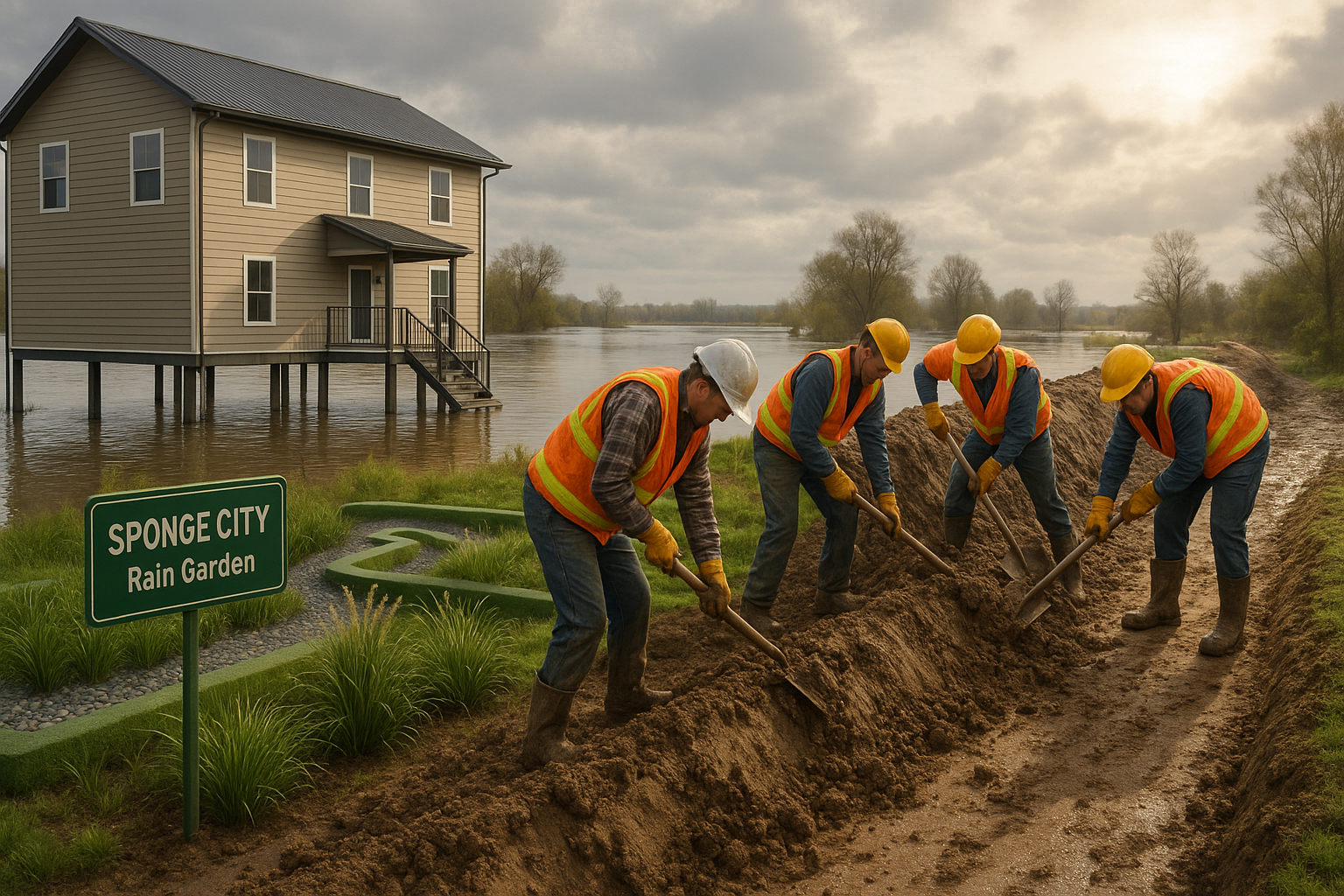I visited a flood-affected community in the Midwest last month, and what struck me wasn't just the physical damage - it was the emotional toll on residents facing their third "once-in-a-lifetime" flood in a decade. Climate change has transformed flooding from an occasional disaster to a recurring reality for communities worldwide.
Restoration efforts have evolved significantly in recent years. It's no longer just about rebuilding what was lost - it's about reimagining communities with future floods in mind. In Nebraska, I saw homes being rebuilt on elevated foundations, while in Louisiana, some communities are implementing "sponge city" concepts to better absorb excess water.
The financial burden of these disasters is staggering. Insurance companies are retreating from high-risk areas, leaving homeowners and local governments to shoulder more of the costs. One local official told me, "We're spending our grandchildren's infrastructure budget on repeated repairs."
What's particularly challenging is the global nature of this problem. While I was researching this piece, I spoke with experts working on flood mitigation in Bangladesh, Germany, and Australia - all facing similar challenges despite vastly different economies and geographies. The common thread? Traditional flood planning based on historical data is becoming increasingly unreliable as climate patterns shift.
Technology is offering some hope, though. Advanced early warning systems have dramatically reduced flood fatalities in several regions. Satellite monitoring can now predict flooding days earlier than previous methods, giving communities precious time to prepare.
For those living in flood-prone areas (which, unfortunately, is an expanding category), preparation has become essential. Community-level planning and household readiness can make an enormous difference in recovery timelines. As one flood restoration specialist told me, "The communities that bounce back fastest are the ones that planned for disaster before it struck."
